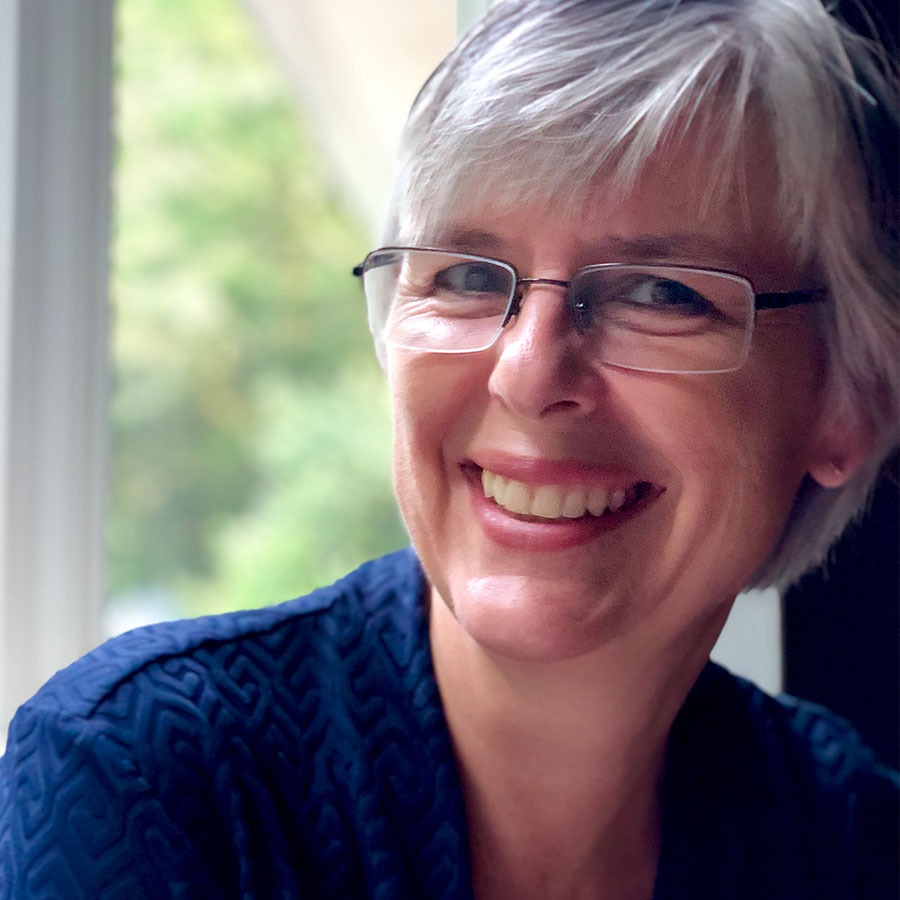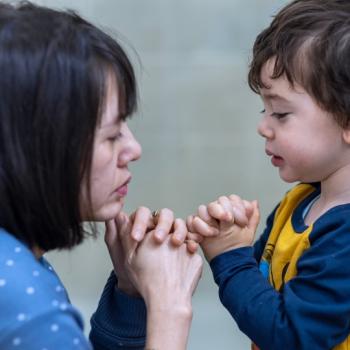Embracing the change of rhythm in our spiritual practices

The Changing Rhythm of Darker Days
I tend to hibernate once the clock changes. My usual walks around the neighborhood after work are supplanted by a few hours of browsing TikToks. My dog is fine just going out back instead of having a lively jaunt. Netflix beckons, and a good book by the fire. There just isn’t the same impetus to do anything when the days are short and bedtime calls early.
The darkness.
The rhythms are slower; the days are shorter; the motivation is low.
At the same time, the rush to attend to the gift list heats up. Do I have enough butter and sugar for all the baking? Have I remembered to buy Uncle Bob a sweater? I feel pulled between the darkening of my mood and the constant reminders to celebrate light.
In my interfaith work, I am mindful of acknowledging all of the traditions that celebrate light during these darkest days of winter. From Hanukkah to Kwanzaa to Christmas, we are called to recognize the importance of light in our lives. In my Latin classroom we prepare our Saturnalia festivities complete with sun-themed cakes and drinks and decorations, and we recognize the common ties that bind the winter solstice celebrations together in crying out to the light to come again.
So What about the Darkness?
Why don’t we pause during these days to uphold the darkness and cherish the gifts that it brings?
Poet and Presbyterian minister Barbara Chaapel writes in her poem Let There Be Darkness
Stand still. Breathe.
Stand still
as the light wanes,
beckons us to darkness
in the night’s embrace.
And wait for the turning.
She prompts us to hold the darkness, to embrace the space it offers for reflection. The time that it brings to slow down our pace and let our eyes attune to waning light. The opportunity it gives us to stand still and breathe.
We are quick to rush to the light. But let’s consider how much richer this time of year would be if we listened to what our bodies and spirits are telling us. Instead of lighting our candles, perhaps we could take time to sit in the dark, forego that walk, and find a practice that allows us to hold the darkness and stillness. When our bodies cry out for the mindless scrolling on social media and the comfort of the couch, can we recognize the need for a spiritual practice that supports the different hue of these days?
Spiritual Practice That Holds the Darkness
As the light of the day turns golden before we are ready, catch the moment when the sun dips below our view, knowing that it is only out of sight, sure to return again in the morning. It cradles us from beneath and lights the day for our siblings in another part of the world. It is a reminder that in darkness, there is sabbath for our bodies.
Stand still. Breathe.
Stand still
as the light wanes,
beckons us to darkness
in the night’s embrace.
And wait for the turning.
Arriving home from work, feeling as if the day is already over, shed the guilt of tucking into the darkness. In the night’s embrace, find the shapes of loneliness, lethargy, and loss that come more closely into view in the dark. Hold them and breathe into them.

Find the Gentle Pace of a Mantra
The Hindu Guyatri Mantra has been used to honor the rising and setting of the sun for perhaps 3500 years. The Sanskrit words lead us into the vibrations of the universe that expand beyond light and dark. As we call to one of the deities of the sun, Savitri, we seek clarity in the darkness. We find illumination within ourselves and beyond ourselves in the midst of darkness. The repetition of this mantra allows us to join the limitless ohm, the sound waves that are infinite in time and space. At first the words may be unfamiliar, but the repetition brings a sense of knowing, closeness, oneness with all creation. Spiritual practice is marked by repetition. And in that repetition comes connection. And in that connection comes a lightening of the loneliness, lethargy, and loss. In the darkness we are connected.
Listen to Zach Freidhof, Troubadour of Peace, as he shares his version of the Gayatri Mantra from Alignment’s Calendar of Light.
Om bhuh, bhuvah, swaha
Tat savitur varenyam
Bhargo devasya dhimahi
Dhiyo yo nah prachodayat
Awaiting the Light in Advent
In the Christian calendar these days are called Advent. I am frustrated every time I hear an Advent litany that focuses on the meaning of come. We await the coming of the Christ child. We await the bringing of the light to the world. But at the root of this beautiful word advent is the Latin meaning of this word – arrival. As in – the advent of the internet brought greater connections…
Advent as arrival feels like such a more powerful use of the word. It beckons us not to wait for the light but to sit in the awareness of what has already arrived in our lives.
To recognize God’s presence in the darkness.
Yes, we await the turning. Yes, we long for the light. But right now, as the darkness descends, we can allow it to hold us and breathe with us and open us to what lies in the shadows.
Read more about the Calendar of Light.













